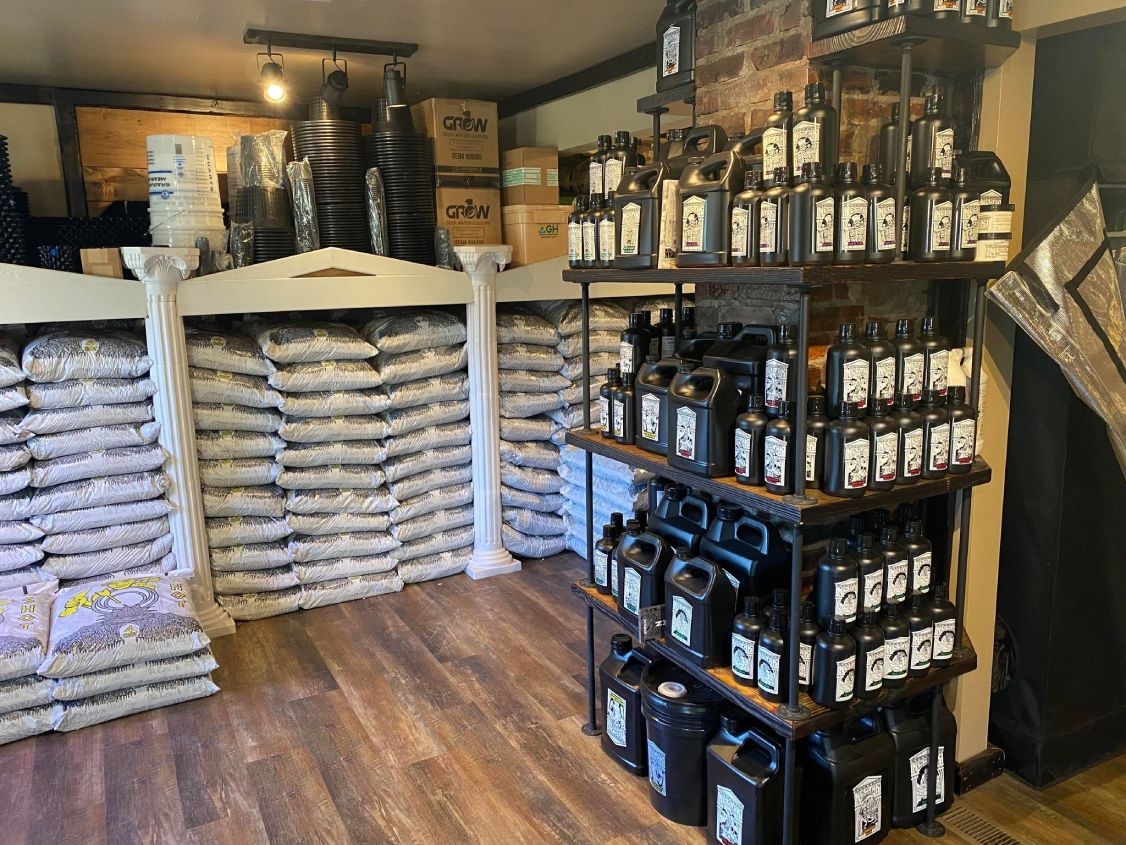The Indoor Earthworm: Unleashing the Power of Worms in Your Hom
The Indoor Earthworm: Unleashing the Power of Worms in Your Hom
Blog Article
The Ultimate Overview to Hydroponic Systems and Techniques
In the world of contemporary farming, hydroponic systems have emerged as a groundbreaking method for growing plants without soil. As we discover the intricacies of hydroponics in this detailed overview, we will navigate through the numerous kinds of systems, discover the essential nutrients vital for plant development, and delve into advanced methods that can significantly boost yields.
Benefits of Hydroponic Equipments
Hydroponic systems offer a wide variety of advantages, consisting of reliable source utilization and accurate nutrient delivery to plants. By supplying a regulated environment for plant growth, hydroponic systems enable optimal water and nutrient usage, resulting in greater returns contrasted to typical soil-based farming. This performance not just conserves resources however likewise decreases waste, making hydroponic systems eco-friendly.
Additionally, the specific distribution of nutrients in hydroponic systems enables modification based upon the certain requirements of each plant range. This targeted method guarantees that plants receive the ideal equilibrium of crucial nutrients, advertising healthier growth and reducing the risk of nutrient shortages or inequalities. In addition, the capacity to monitor and readjust nutrient levels in real-time maximizes plant performance and general plant top quality.
Moreover, hydroponic systems get rid of the need for pesticides and herbicides, as the closed-loop system decreases the risk of pests and conditions that are frequently discovered in soil-based farming - The Indoor Earthworm. This not just benefits the plants and the environment however likewise adds to creating cleaner, healthier plants for consumption
Kinds Of Hydroponic Setups

Deep Water Society (DWC) entails putting on hold plant origins in a nutrient remedy, permitting enough oxygenation. Nutrient Film Strategy (NFT) makes use of a superficial stream of nutrient option streaming over the plant roots, giving a continuous supply of nutrients. Ebb and Flow systems flood the plant roots at intervals, guaranteeing they obtain nutrients and oxygen. Leak systems include dripping a nutrient solution onto the plant origins, supplying exact control over feeding. Aeroponics mists the plant roots with a nutrient solution, making the most of oxygen absorption.
Each sort of hydroponic arrangement has its benefits and is suited to various plant selections and growth stages. Recognizing the unique features of these systems can aid article source hydroponic cultivators choose the most ideal configuration for their specific demands and preferences.
Important Nutrients for Hydroponics
In hydroponic systems, plants rely on an exact equilibrium of vital nutrients to grow and grow effectively. These crucial nutrients are essential for different plant features such as photosynthesis, root advancement, and total development.
In addition to macronutrients, plants likewise require second nutrients like sulfur, calcium, and magnesium, in addition to trace elements such as iron, copper, zinc, and manganese (The Indoor Earthworm). These nutrients are essential for making sure that plants have all the needed foundation to execute crucial organic processes

Advanced Techniques for Maximum Return
To accomplish optimal yields in hydroponic systems, growers can carry out innovative techniques that improve plant development and efficiency. Additionally, employing methods like plant training and trimming can assist enhance light distribution and air flow, making sure that all components of the plant get appropriate light and nutrients. Making use of automated systems for nutrient distribution and tracking can aid try this preserve ideal nutrient degrees, decreasing the threat of deficiencies or inequalities that can impede plant growth.
Troubleshooting Common Hydroponic Issues
One prevalent problem is nutrient deficiencies, where plants do not have crucial components for healthy and balanced advancement. Maintaining the correct pH range specific to the plant being grown is crucial for ideal nutrient uptake. By promptly identifying and resolving these usual hydroponic problems, cultivators can maintain healthy plants and maximize returns in their hydroponic systems.
Verdict
Finally, hydroponic systems provide many advantages for growing plants efficiently. By making use of different sorts of configurations and offering vital nutrients, growers can attain maximum return with progressed methods. It is important to repair typical concerns that may arise in order to keep a successful hydroponic operation. With cautious planning and interest to information, hydroponic systems can reinvent the way plants are grown, leading to more lasting and efficient farming practices.
By supplying a controlled atmosphere for plant development, hydroponic systems enable ideal water and nutrient use, leading to greater yields compared to typical soil-based cultivation. The Indoor Earthworm. Nutrient Film Strategy (NFT) makes use of a shallow stream of nutrient service moving over the plant origins, supplying a constant supply of nutrients. Tracking and readjusting nutrient degrees based on plant development stages is vital to avoiding vitamins and mineral deficiencies or toxicities and taking full advantage of plant performance in hydroponic systems
In addition, employing techniques like plant training and pruning can help enhance light circulation and air movement, ensuring that all parts of the you can find out more plant receive adequate light and nutrients. Utilizing automated systems for nutrient delivery and tracking can assist preserve ideal nutrient degrees, minimizing the threat of shortages or inequalities that can impede plant development.
Report this page